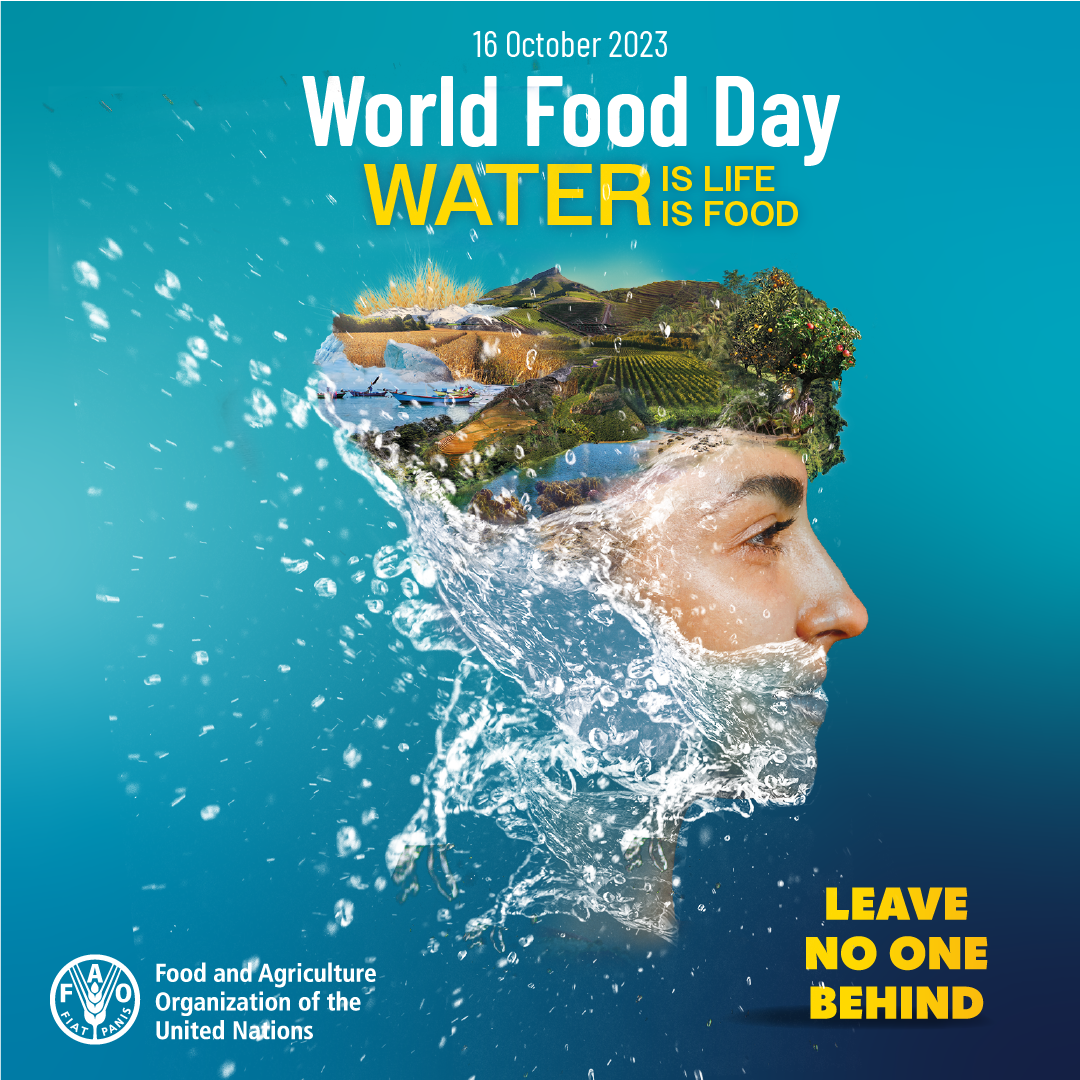Diagnostic Molecular Pathology (Second Edition): A Guide to Applied Molecular Testing, 2024, Pages 63-77
This chapter aims to provide a thoughtful and balanced scientific review and analysis of financial philanthropy gaps and impediments to global public health security, provide a vision of an improved approach, and suggest actions to mitigate infectious disease pandemics. Despite improvements, significant gaps and difficulties exist in global pandemic preparedness measures; only about one-fourth of countries in the world could sufficiently prevent, detect, and respond to public health emergencies.
This study discusses the role of antioxidants in treating Alzheimer’s disease (AD), highlighting their potential to neutralize free radicals and reduce oxidative stress.
Clinician's Guide to Sexuality and Autism
A Guide to Sex Education for Individuals with Autism Spectrum Disorders
2024, Pages 3-8

